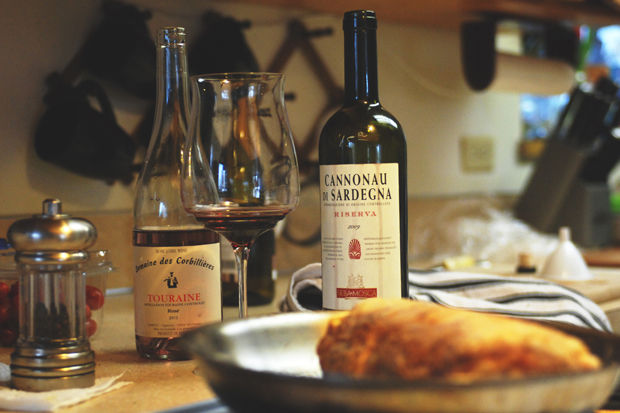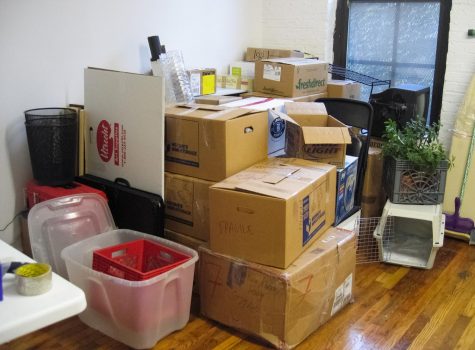Dining with Dionysus
March 11, 2015
A friend of mine found himself in the possession of an extremely large tray of lasagna: 4 inches deep, wide and long enough for 15 people. Unfortunately we couldn’t muster the numbers (or maybe it intimidated some), so each person that came along essentially ate a 2-pound brick of lasagna. Possessing childish and unnecessary bravado, leftovers were not an option.
We thought we’d solved world hunger at this point, with the surplus of food before us. However, a crucial first-world problem arose: what does one drink with it all?
Water is unacceptable, especially in Pullman where it’s harder and more austere than a German fiscal package. Sweet beverages only make things heavier and if in alcohol form predicts a hangover. Carbonated drinks are also out of the question due to CO2-filling gases.
Food and wine pairings hold a mystical realm in the food pantheon of trivial things we think too hard about. White with white meats only? How about big reds with heavier foods? Sure, but that’s a combination for stodginess stacked upon one another.
Thankfully each member of the group that evening brought wine along to help lubricate things. Two in particular stood out, wines that on their own were not necessarily the best, but when drunk while eating, made the entire experience far more pleasant.
What the two had in common above all else was a firm acidic core that kept things fresh and prevented both the wines and the food from overwhelming the palette.
There are blockbuster wines favored by critics that on first sip, a kaleidoscope of flavors, aromas and tastes come about. But beyond that initial tipple, the poor tongue and nose become heavily fatigued.
Rosé wines get a bad rap for being sweet. However, the 2013 Domaine des Corbillieres from the Touraine appellation in the Loire Valley of France is as serious as can be.
A wine that on its own can be seen as a little mean, it’s got the classic aromas of white pepper, a varietal characteristic to Pineau d’Aunis, a rarely seen grape grown outside this region. A bone-dry wine with a razor sharp acidity, it finishes off clean, mouthwatering and ready for that 54th bite of lasagna (urgh).
The wine on its own would make a fine, fresh summer sipper, but having it with salty umami-rich foods like meat, cheese or fungi makes a great contrast and balances out the meal.
Although contrasting profiles are one way to approach a wine pairing, the other is with complementation.
Cannonau di Sardegna is the local name of Grenache grown in Sardinia, the island off Southern Italy. This a riserva wine (aged for a minimum of two years in barrel) produced by Sella & Mosca and from the very good 2009 vintage.
Rustic is the key word that comes to mind with a funky nose of barnyard-horse-sweat, most likely a result of Brettanomyces infection, a yeast that is considered a fault in some wine circles where others finds it gives a certain complexity.
A quick swirl of the glass and some air reveals other aromatics – a little violet, and a chocolate-malt-like component. The acid here isn’t as aggressive up front, as you feel it more along the sides of your mouth. It is however, balanced with chewy tannins that ease the fattiness from the cheese in the lasagna.
The wine on its own is a bit of a challenge, as it is quite astringent in that sense without any of the big fruity notes (or buttery oak) that you tend to get with domestic wines.
It is without a doubt a better food wine then most simply because of the synergistic reaction it has paired with food and because the earthy flavors match the oregano and beef found in the pasta, providing a sense of continuity.
Ultimately, the only rule to wine pairing is drink and eat with what you like. I do recommend however, not eating more than a half a brick of lasagna if you can help it.
Both wines can be found at the Moscow Wine Co. with the rosé going for $8 and the red for $15.



















